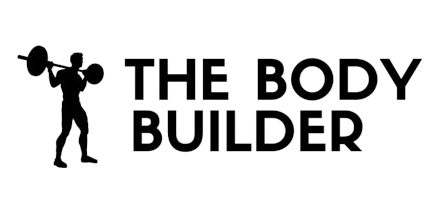Standing Dumbbell Calf Raise
Benefits Of This Exercise
- The standing dumbbell calf raise is an effective exercise that stretches and targets the calf muscles to add size and strength.
- You can vary the tempo or add pauses to increase intensity, and use weight to track and periodize your training.
- This exercise can help improve your balance and coordination, while also developing your lower leg muscles.
- It is a great way to add variety to your routine and keep your muscles challenged, and is suitable for both beginners and experienced athletes alike.
- With proper form and technique, you can get the most out of this exercise and see the results you desire.
Step by Step Instructions For Standing Dumbbell Calf Raise
- Stand with your torso upright holding two dumbbells in your hands by your sides. Place the ball of the foot on a sturdy and stable wooden board (that is around 2-3 inches tall) while your heels extend off and touch the floor. This will be your starting position.
- With the toes pointing either straight (to hit all parts equally), inwards (for emphasis on the outer head) or outwards (for emphasis on the inner head), raise the heels off the floor as you exhale by contracting the calves. Hold the top contraction for a second.
- As you inhale, go back to the starting position by slowly lowering the heels.
- Repeat for the recommended amount of times.
Note: As you become stronger you may need to use wrist wraps to avoid having the dumbbells slip out of your hands.
Warm Up Tips
- Start by standing with your torso upright and holding two dumbbells by your sides.
- Place the ball of your foot on a sturdy wooden board, with your heels touching the floor.
- Choose the position of your toes - straight, inwards, or outwards - depending on the area of the calves you want to target.
- Exhale as you raise your heels off the floor by contracting your calves, holding the top contraction for a second.
- Inhale as you slowly lower your heels back to the starting position.
- Repeat the exercise for the recommended number of times.
- As you become stronger, consider using wrist wraps to prevent the dumbbells from slipping out of your hands.
The standing dumbbell calf raise is an effective exercise for strengthening the calves. It targets the gastrocnemius muscles, which are important for balance and stability. Whether you use two dumbbells or one for balance, you can perform this exercise for a set amount of time or a specific number of reps. It improves balance, coordination, and develops lower leg muscles. Suitable for beginners and experienced athletes, this exercise adds variety to your routine and keeps your muscles challenged. With proper form and technique, you can achieve the desired results.
Standing Dumbbell Calf Raise Safety Tips
- Ensure that the wooden board you use is sturdy and stable to prevent any accidents or injuries.
- Start with a weight that you can comfortably handle and gradually increase the weight as you become stronger.
- Make sure to maintain proper form throughout the exercise by keeping your torso upright and your heels touching the floor.
- Choose the position of your toes (straight, inwards, or outwards) based on your desired emphasis and comfort level.
- Exhale as you raise your heels off the floor and contract your calves, and hold the top contraction for a second.
- Inhale as you slowly lower your heels back to the starting position.
- Start with a lower number of repetitions and gradually increase as you build strength and endurance.
- If you find it difficult to hold onto the dumbbells, consider using wrist wraps to avoid any slipping accidents.
- Listen to your body and stop the exercise if you experience any pain or discomfort.
- Consult with a fitness professional if you have any pre-existing conditions or concerns before attempting this exercise.

